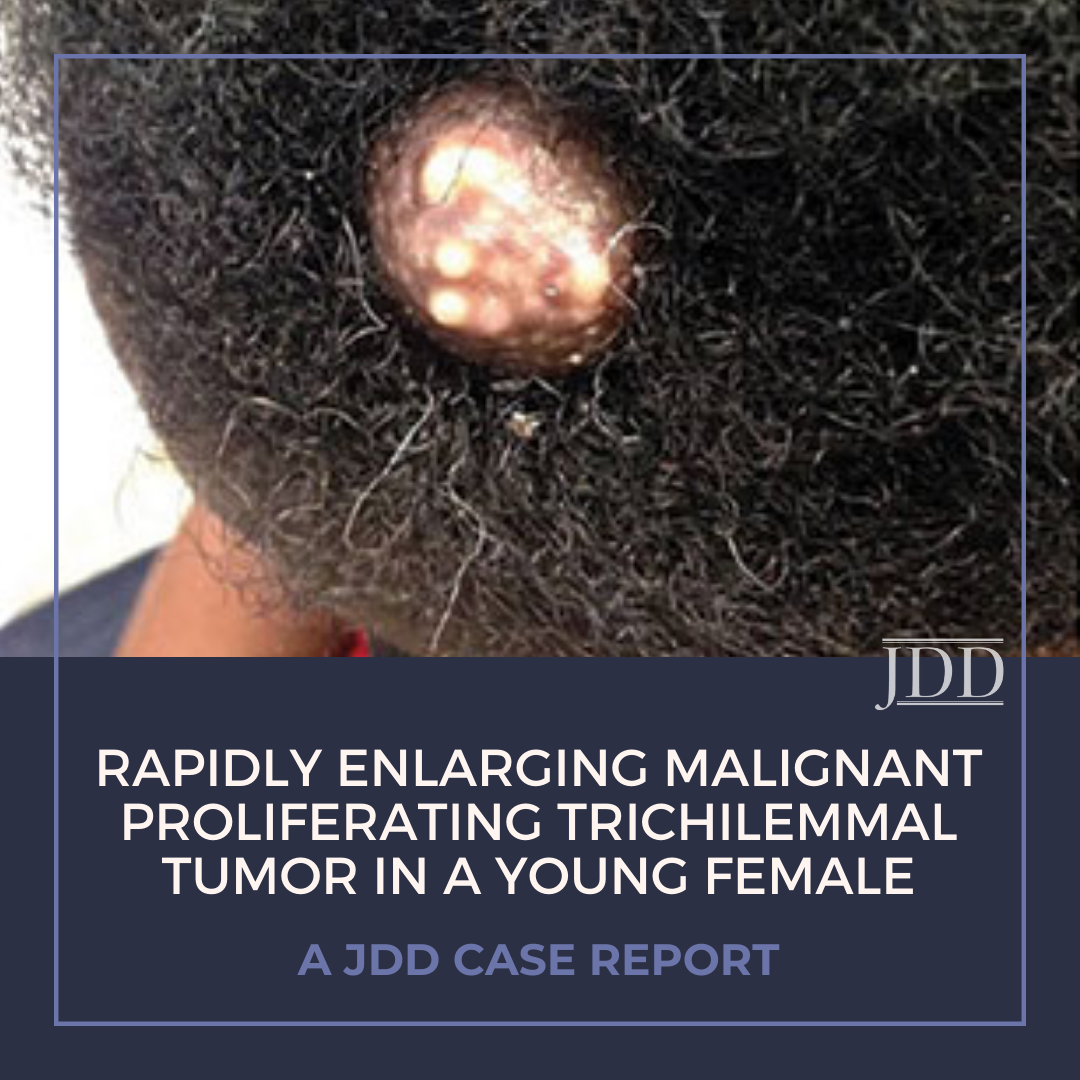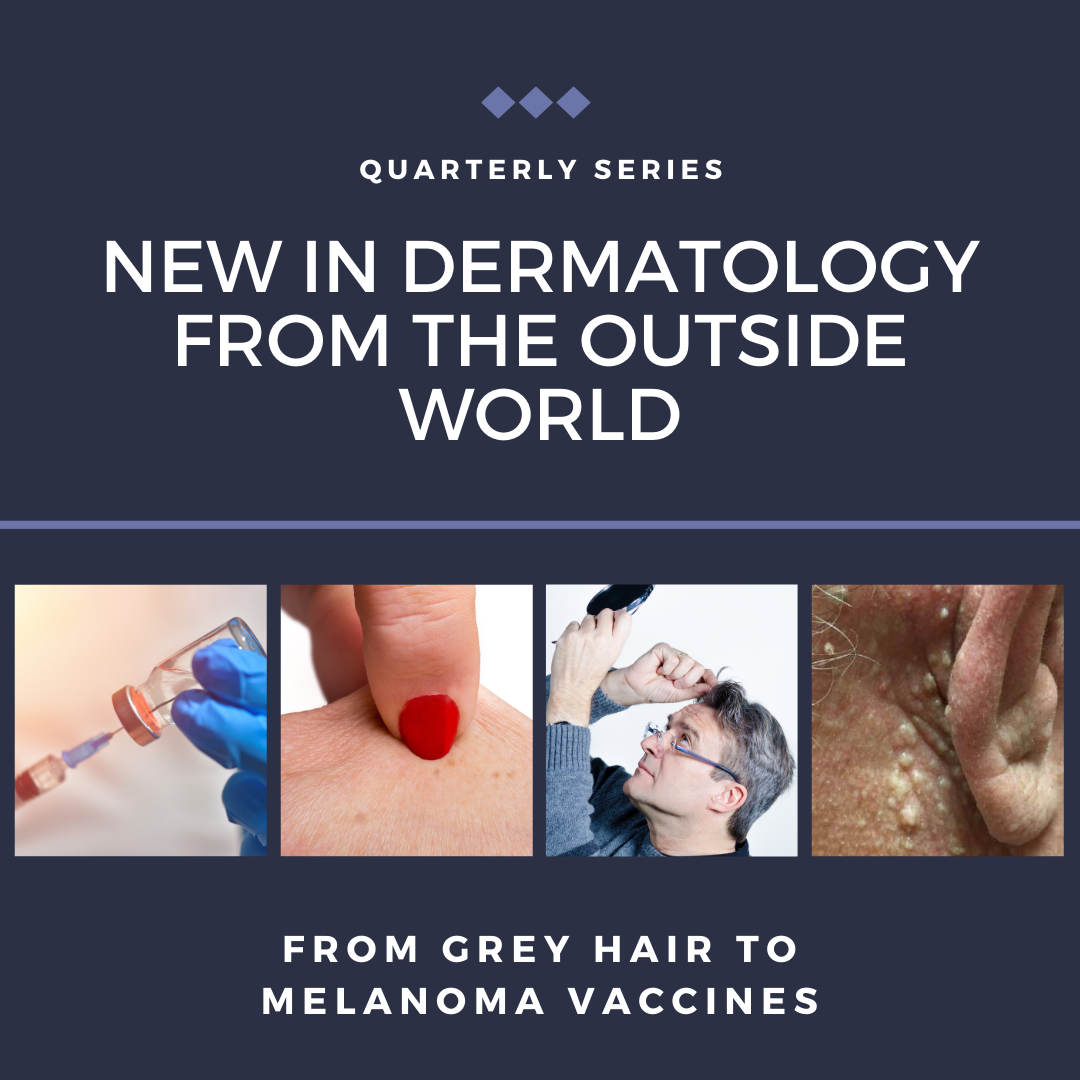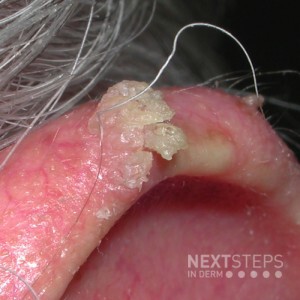Patient Buzz Series: Google’s New Dermatology Tool
 This month’s Patient Buzz includes several articles about Google’s new AI dermatology tool that, once launched, will help users identify skin, hair and nail conditions. Articles this month also addressed TikTok trends that make dermatologists cringe, ‘Zoom face’ and the impact of pandemic stress on the skin, and lip flips for fuller lips.
Be prepared for your patients’ questions about …
This month’s Patient Buzz includes several articles about Google’s new AI dermatology tool that, once launched, will help users identify skin, hair and nail conditions. Articles this month also addressed TikTok trends that make dermatologists cringe, ‘Zoom face’ and the impact of pandemic stress on the skin, and lip flips for fuller lips.
Be prepared for your patients’ questions about …
 This month’s Patient Buzz includes several articles about Google’s new AI dermatology tool that, once launched, will help users identify skin, hair and nail conditions. Articles this month also addressed TikTok trends that make dermatologists cringe, ‘Zoom face’ and the impact of pandemic stress on the skin, and lip flips for fuller lips.
Be prepared for your patients’ questions about …
This month’s Patient Buzz includes several articles about Google’s new AI dermatology tool that, once launched, will help users identify skin, hair and nail conditions. Articles this month also addressed TikTok trends that make dermatologists cringe, ‘Zoom face’ and the impact of pandemic stress on the skin, and lip flips for fuller lips.
Be prepared for your patients’ questions about … Continue reading "Patient Buzz Series: Google’s New Dermatology Tool"


 It’s a decision every graduating resident faces: enter the workforce or apply for a fellowship. After more than a decade of higher education, postponing the rewards of a career for another year of training may not seem worthwhile for some. Yet others see a fellowship year as education that will pay dividends throughout their career.
“I viewed a fellowship year as an investment in myself,” …
It’s a decision every graduating resident faces: enter the workforce or apply for a fellowship. After more than a decade of higher education, postponing the rewards of a career for another year of training may not seem worthwhile for some. Yet others see a fellowship year as education that will pay dividends throughout their career.
“I viewed a fellowship year as an investment in myself,” …  Malignant proliferating trichilemmal tumors are rare adnexal neoplasms that most commonly occur on the scalp in elderly women. These tumors are associated with recurrence and even nodal or distant metastatic spread. Here, JDD authors describe a 38-year-old patient who presented with a scalp nodule that was diagnosed as a high-grade malignant proliferating trichilemmal tumor.
Introduction
Th …
Malignant proliferating trichilemmal tumors are rare adnexal neoplasms that most commonly occur on the scalp in elderly women. These tumors are associated with recurrence and even nodal or distant metastatic spread. Here, JDD authors describe a 38-year-old patient who presented with a scalp nodule that was diagnosed as a high-grade malignant proliferating trichilemmal tumor.
Introduction
Th …  This is the first edition of a quarterly column highlighting articles of interest to dermatologists from non-dermatologic literature. It is already difficult to keep up to date with the high volume and forever expanding literature in dermatologic journals. Additionally, it is virtually impossible to read the full breadth of biomedical literature for materials relevant to the field of dermatology. …
This is the first edition of a quarterly column highlighting articles of interest to dermatologists from non-dermatologic literature. It is already difficult to keep up to date with the high volume and forever expanding literature in dermatologic journals. Additionally, it is virtually impossible to read the full breadth of biomedical literature for materials relevant to the field of dermatology. …  Mutations in which gene would likely be found in the neoplastic cells of this lesion?
A. PATCH
B. p53
C. Fumarate hydratase
D. CREBBP
E. p63
To find out the correct answer and read the explanation, click here.
Brought to you by our brand partner Derm In-Review. A product of SanovaWorks.
…
Mutations in which gene would likely be found in the neoplastic cells of this lesion?
A. PATCH
B. p53
C. Fumarate hydratase
D. CREBBP
E. p63
To find out the correct answer and read the explanation, click here.
Brought to you by our brand partner Derm In-Review. A product of SanovaWorks.
…